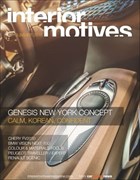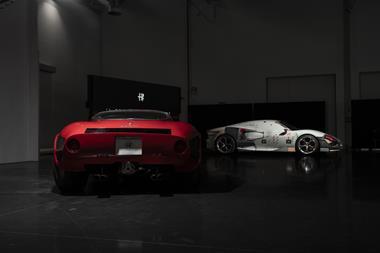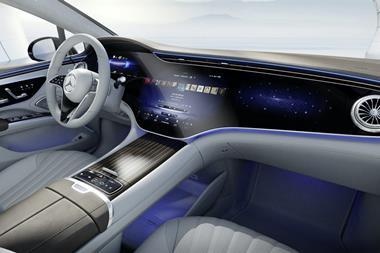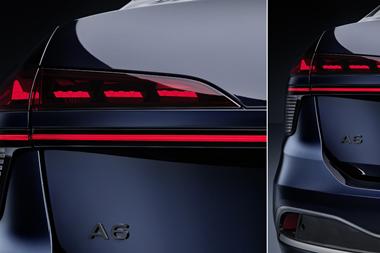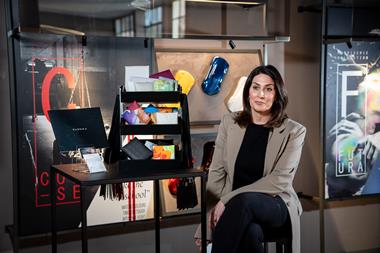IN THIS ISSUE
CHERY FV2030
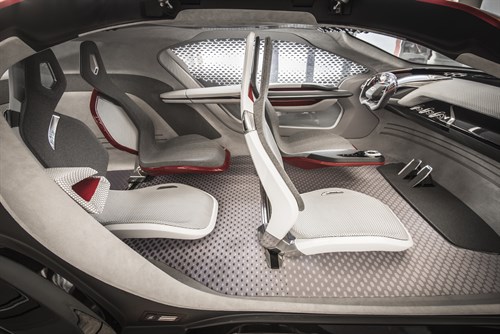
Some weeks prior to this spring’s Beijing Auto Show, Chery interior design director Sergio Loureiro da Silva alerted us to a surprise in store. “We are going to present Chery’s first inner/outer show car,” he said. “It’s not a production teaser, it’s a real show car.” And indeed it was: the FV2030 proved to be, for Car Design News, one of the stars of the event.
FV2030 – Future Vision 2030 – is an unapologetic crowd-puller with its gullwing doors, huge wheels, striking graphics and bright, bright red exterior. Yet it’s not just eye candy: its interior is designed to showcase several of Chery’s patented innovations, as well as the company’s growing interior design confidence and progressive thinking.
BMW VISION NEXT 100

Celebrating its centenary, BMW unveiled the first of its Vision Next 100 concept cars at the Munich Olympiahalle this March. The BMW Vision Next 100 sets out a clear agenda for the brand’s future: an evolutionary styling language with much innovation under the skin.
Triangular graphics (inspired by the Olympiahalle’s architecture) are applied to the flexible fenders covering the front wheels, and these reflect a pattern used inside –manifesting a new degree of adaptability, enabled by 4D printing technology that integrates connected, networked functionality in the manufacturing process. The Vision Next 100 also showcases BMW’s latest thinking on artificial intelligence and digital ‘learning’. “We are using our 100 years not to look back, but look forward,” says BMW design chief Adrian van Hooydonk.
COLOUR & MATERIALS FOCUS
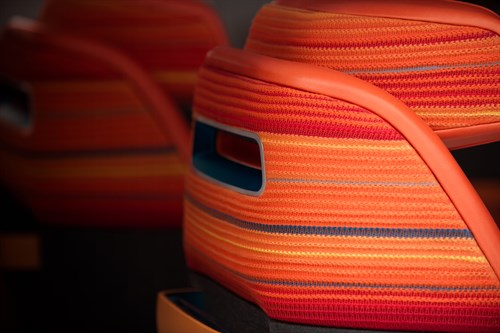
Colour, trim and materials are an increasingly important aspect of brand expression and differentiation. New products, processes and techniques are widening the scope for designers to express their creativity, and a broader set of inspirations are influencing automotive interior design. Yet there are growing challenges and changing market demands to bear in mind in this sector, beyond following the latest trends and fashions in colour and texture. Nargess Banks and the Car Design News team investigate.
GENESIS NEW YORK CONCEPT
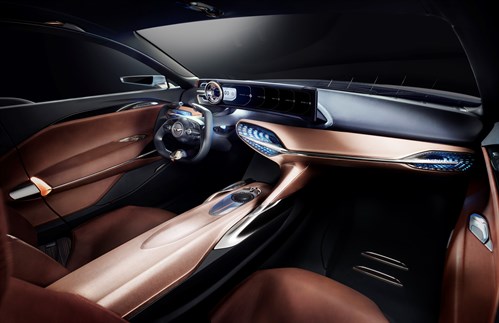
There was a time, just a few years ago, when the launch of a new car brand was almost unheard of. Yet today, with the Chinese industry continuing to grow and a new wave of tech startups inspired by Tesla’s success, it seems new nameplates are appearing ever more frequently. And one that perhaps should be taken more seriously than most is Genesis.
Since 2008 Genesis sedans and coupes have been sold under the Hyundai brand, but the Korean company has now decided to redouble its efforts in the premium sector by creating a separate brand. The Genesis New York concept – named after the city in which it made its debut earlier this year – is the first car to explore what the future might hold for the first Korean luxury carmaker. We caught up with its design team at the New York Auto Show to discover their vision.
PEUGEOT TRAVELLER / EXPERT
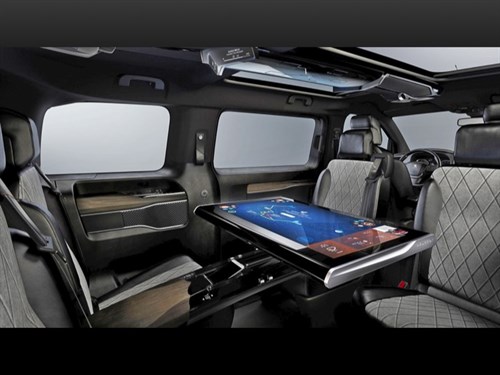
The PSA-Fiat Sevel joint venture, dating back to 1981, produced many LCVs acrossdifferent brands: from the early Peugeot J5, Citroën C25, Talbot Express, Fiat Ducato and Alfa Romeo AR6 to the Peugeot 806, Citroën Evasion/Synergie, Fiat Ulysse and Lancia Zeta MPVs, as well as the Peugeot Expert, Citroën Jumpy/Dispatch and Fiat Scudo. However, PSA’s third-generation LCV models, announced December 2015, have been developed in partnership with Toyota – and not only has there been a new industrial relationship, but a new design approach.
Alongside the new-look vans, passenger-carrying variants have been developed this time as more comfortable and well-equipped shuttle-style models, rather than the previously somewhat austere minibuses. Underlining the change, Peugeot’s version takes the new name of Traveller.
The launch of the Traveller and latest Expert van at the Geneva motor show was headlined by the unveiling of the high-tech Traveller i-Lab concept. Design manager for the project Keith Ryder talks us through the Peugeot-led development programme for this new family of vehicles.
RENAULT SCÉNIC
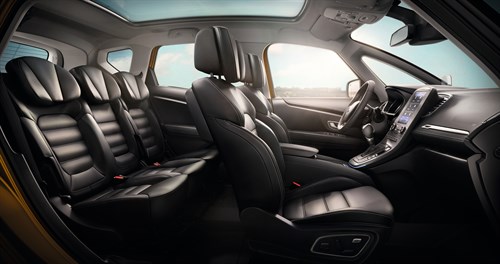
Though Renault effectively invented the compact MPV when it launched its first Mégane Scénic back in 1996, and subsequently watched most other European and Japanese brands follow its lead with their own contenders in this sector, it seriously questioned making a fourth-generation model. “There was a lot of discussion about whether we should do another one at al,l because we have other cars that can replace it now,” exterior design vice president Anthony Lo admits. “A lot of customers have moved to crossovers, so it’s not so trendy.”
Nonetheless, the Scénic remains a strong seller for Renault. “The Scénic is such a good brand for us. Even in the last year of its current life, it is still the market leader in France. If you get out of Paris, you see a lot of families with them,” says Lo. “So we continued with i t– but we needed to find a twist, so its’ no longer just a simple, functional van with a lot of room.”
Magazine
